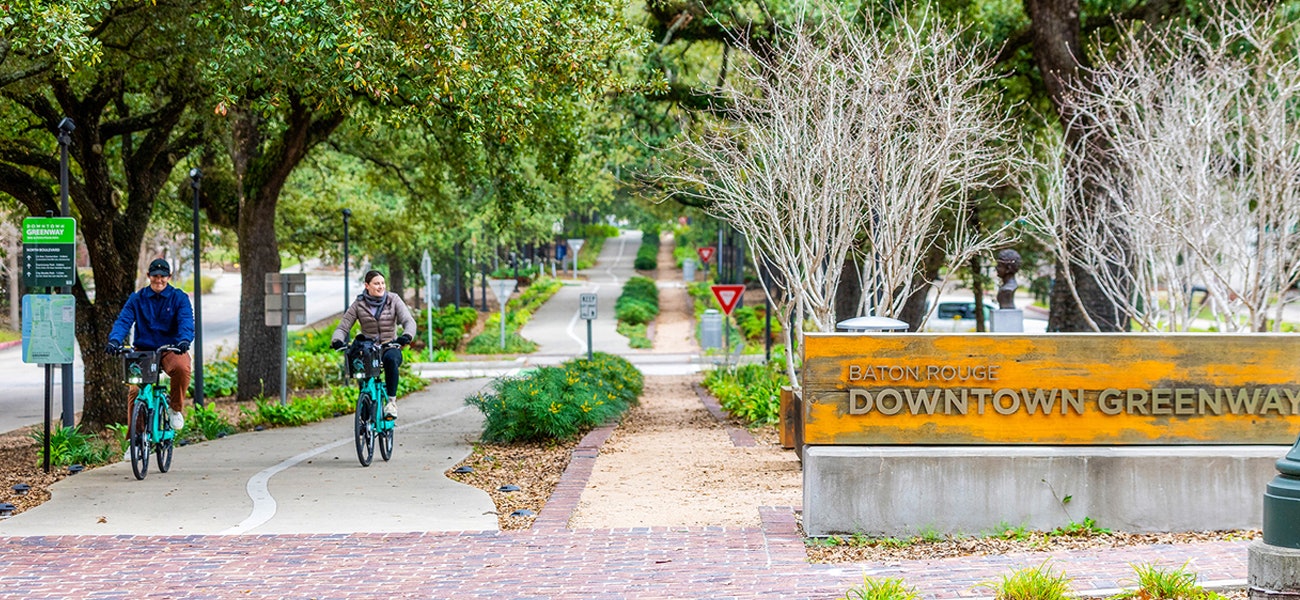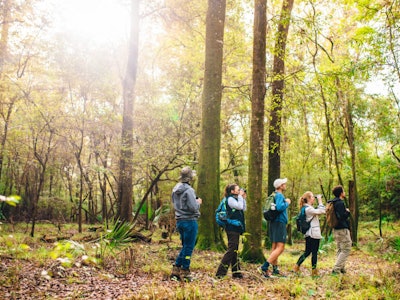Bike Baton Rouge founder Mark Martin hasn’t owned a car in 30 years. As one of the city’s biggest cycling advocates—and as someone who has seen pretty much every part of the city from two wheels—he knows a thing or two about how to operate safely on the road. He shares advice for new riders. bikebr.org
Tell us your background and experience with biking in Baton Rouge.
I haven’t had a car since 1991. When I moved to Baton Rouge in 2000, I thought someone needed to do something about the city’s lack of biking resources, so I started Bike Baton Rouge in 2006. In 2019, I rode 6,000 miles around town. I wasn’t taking trips; I was mostly just getting around doing what I needed to do. I started tracking my mileage because most people say you can’t safely ride your bike across town. And clearly, that is not the case.
What would you say, then, to someone who wants to start commuting by bike but is concerned about safety?
Consider taking a different route than the one you’d take if you were driving. The Bike Baton Rouge website has a map of recommended routes. We’ve vetted them all pretty thoroughly, riding them multiple times on different days of the week. You could also put your bike on a vehicle, drive to a point closer to your destination, and then bike from there. Take a weekend when you don’t have any time constraints to practice the route. Developing map-reading and navigation skills is critical.








